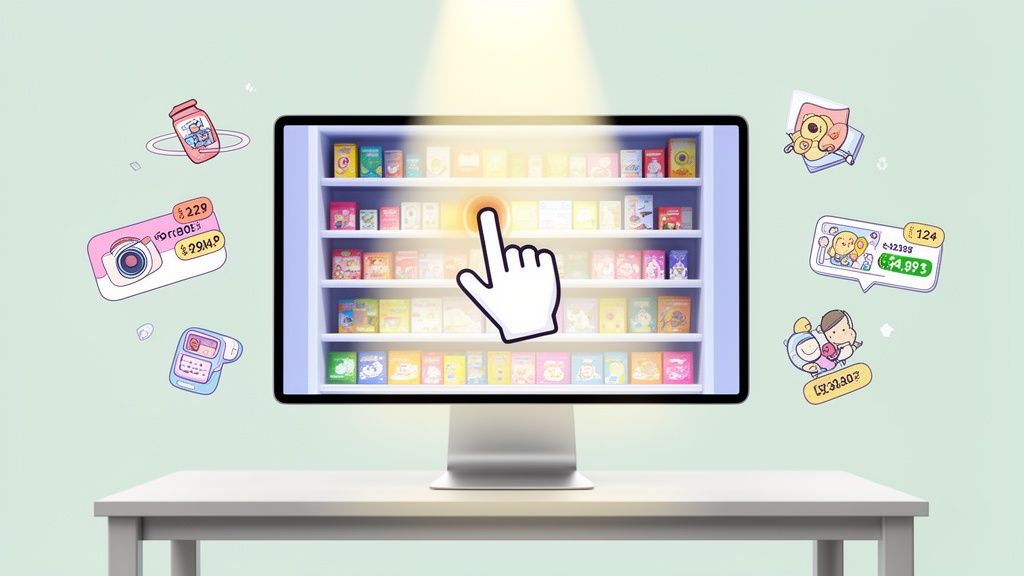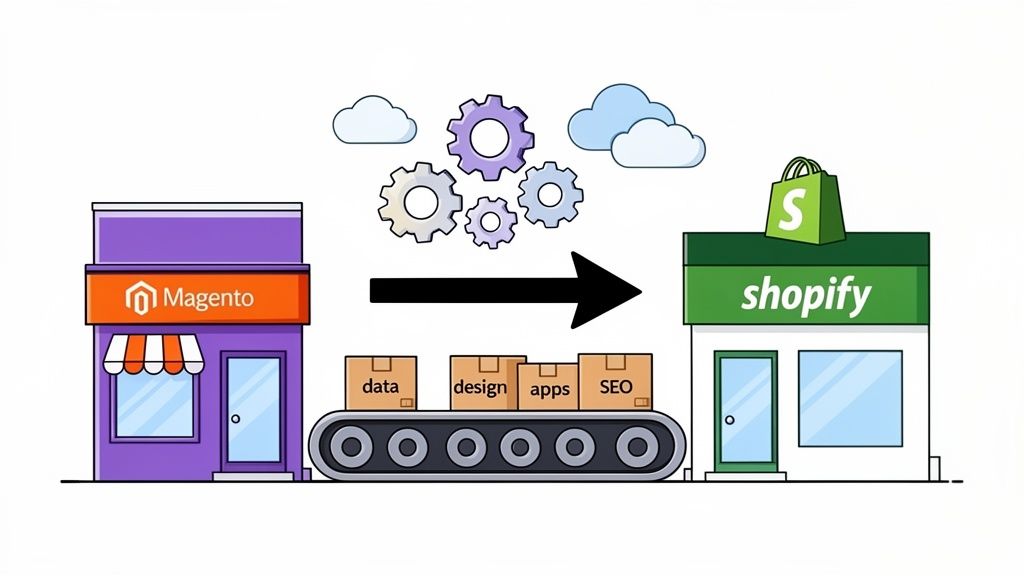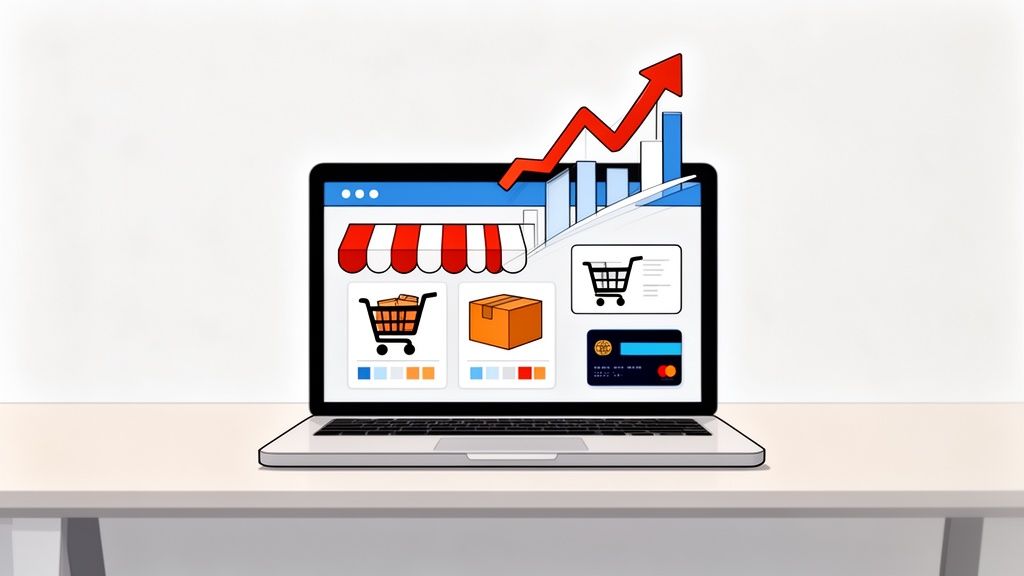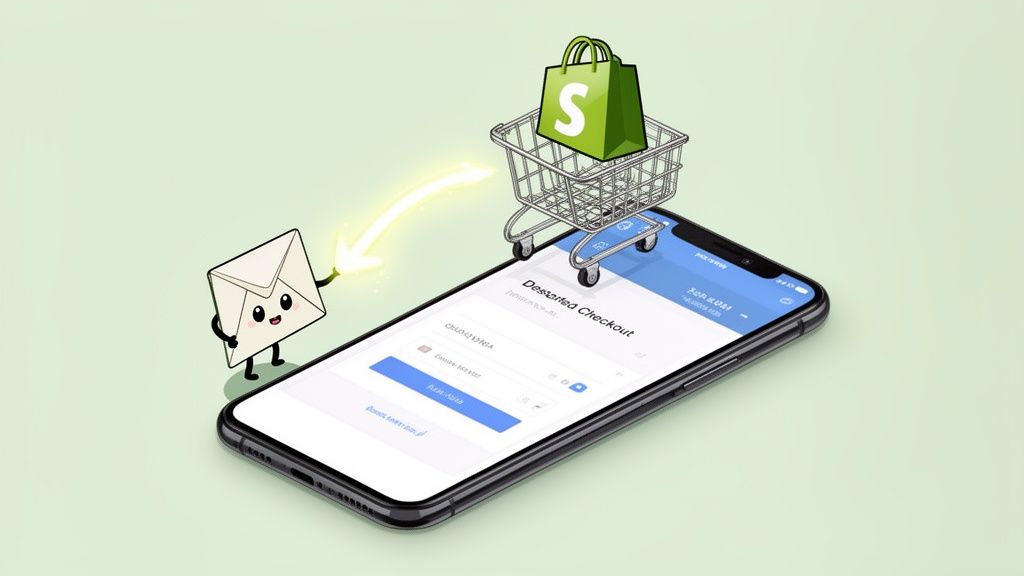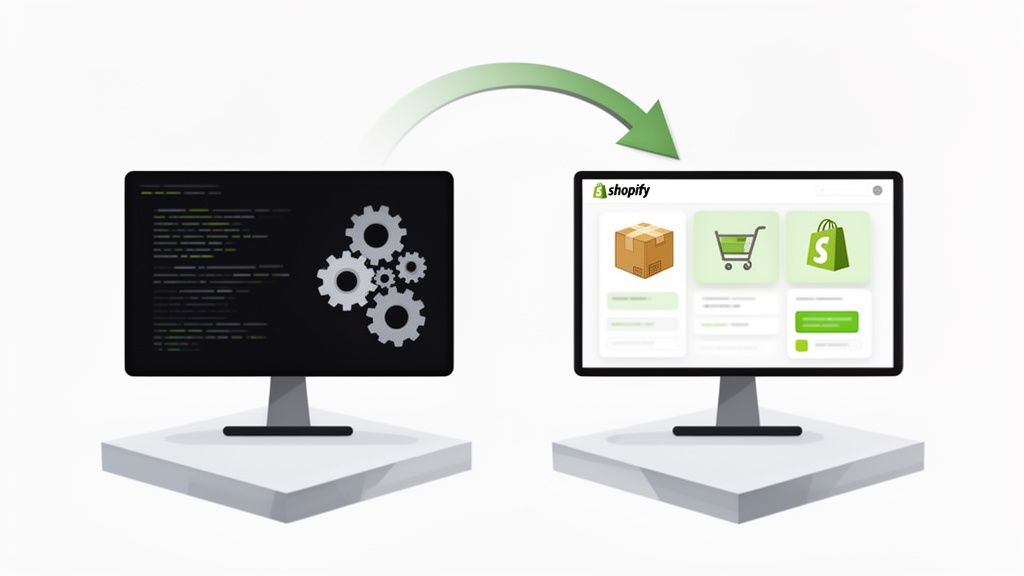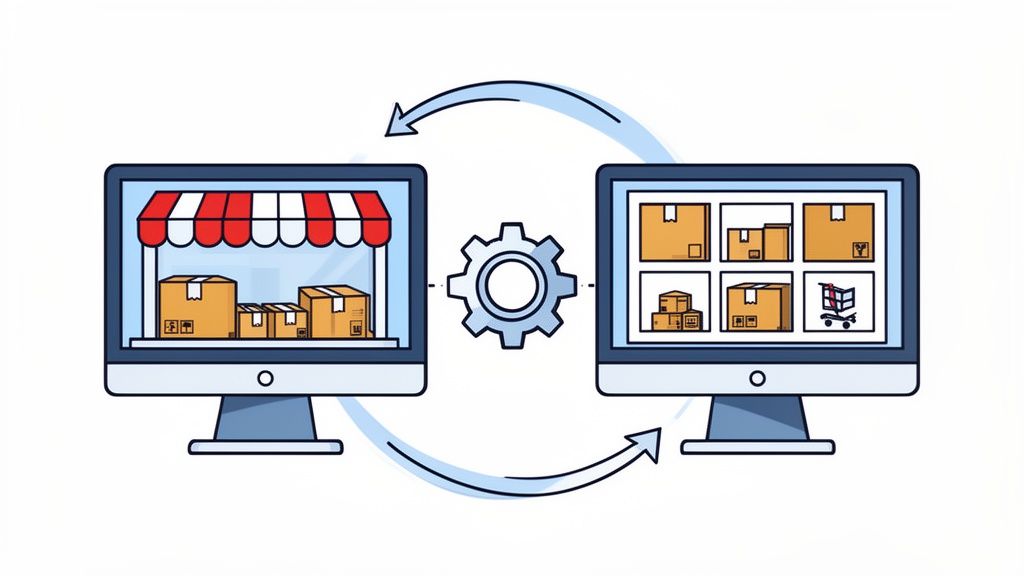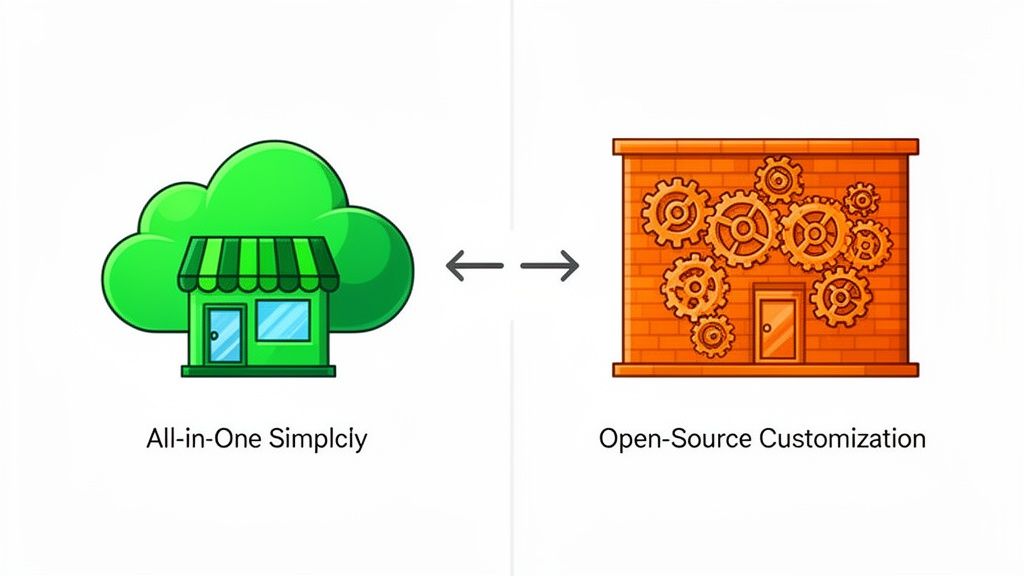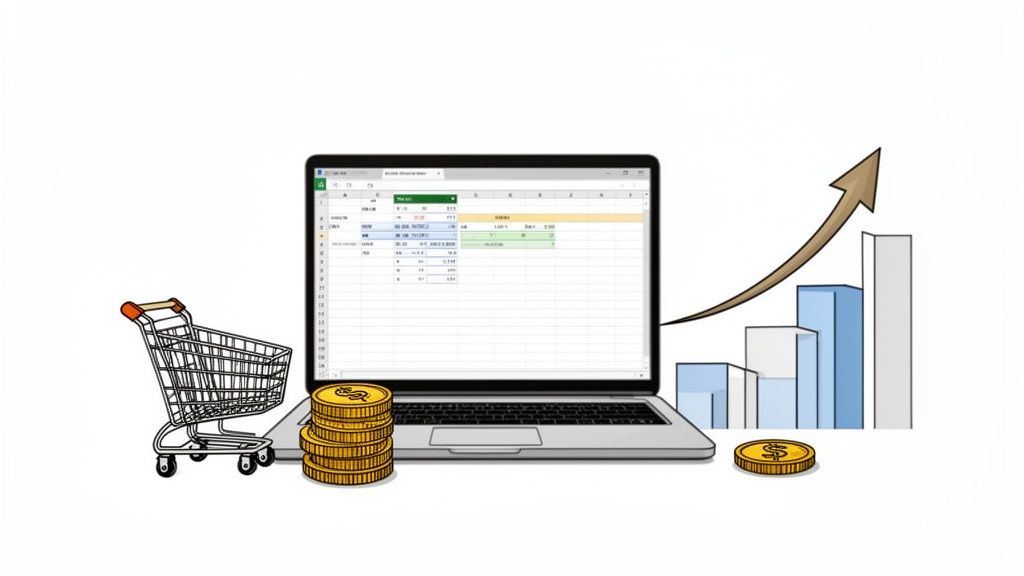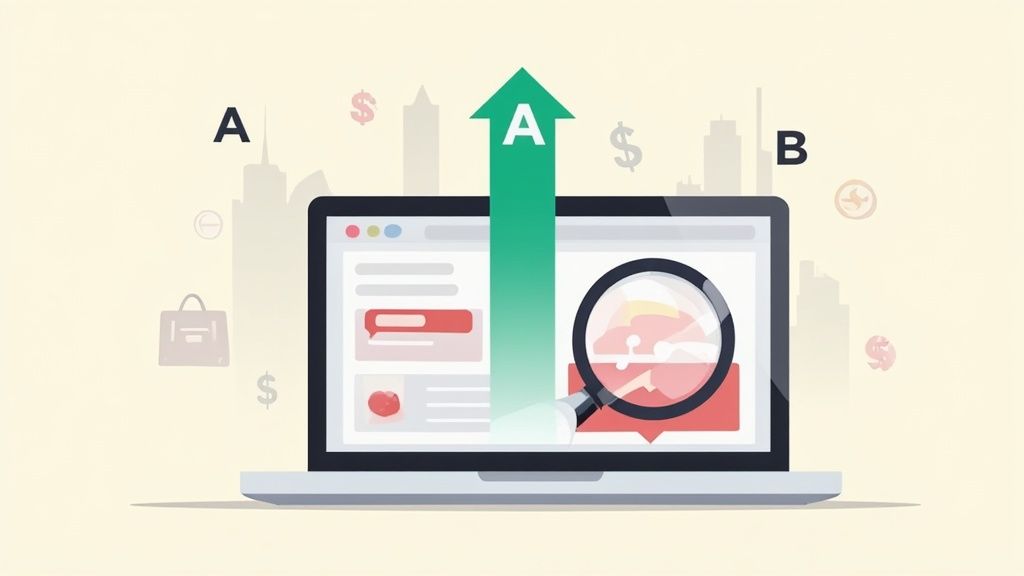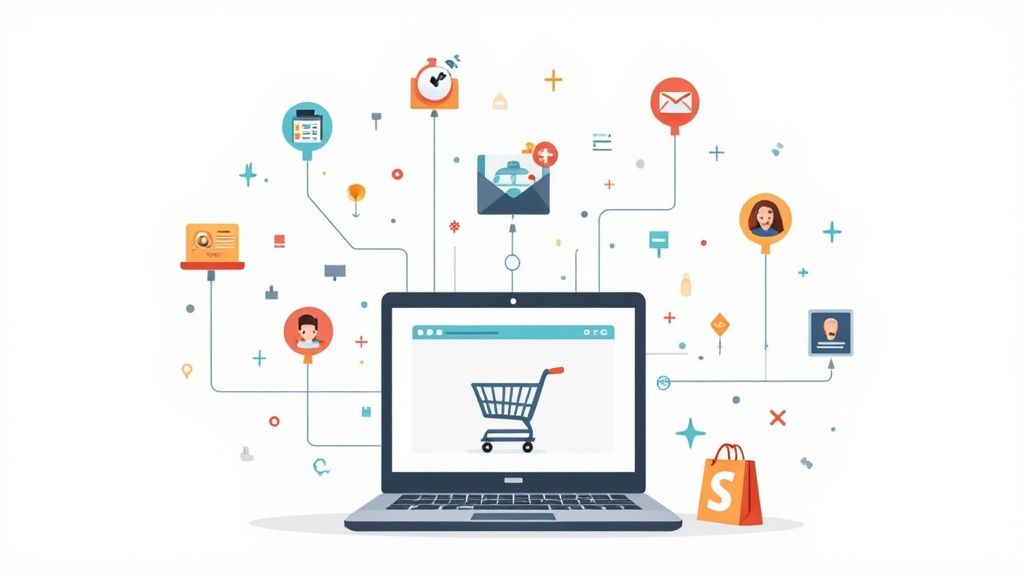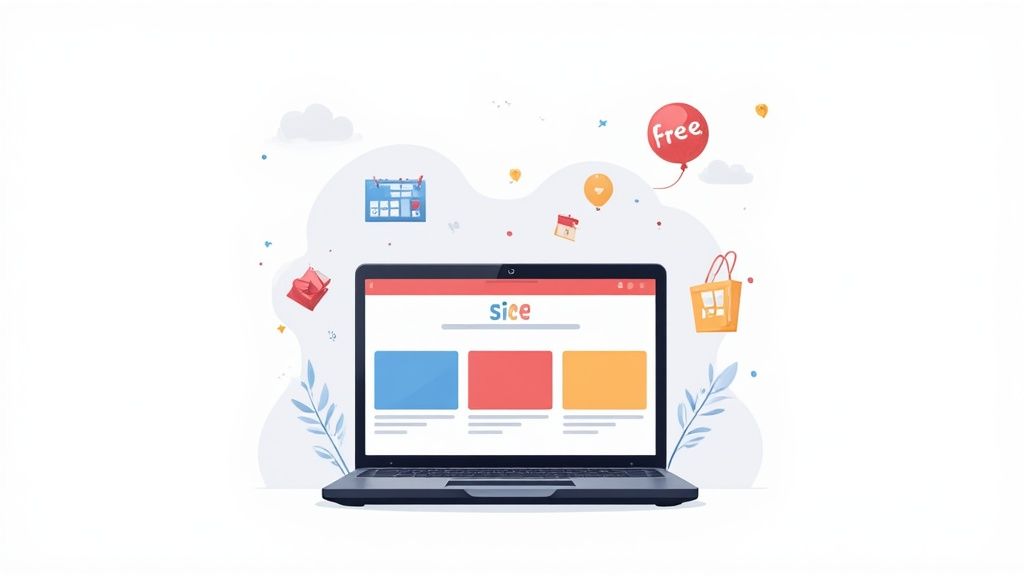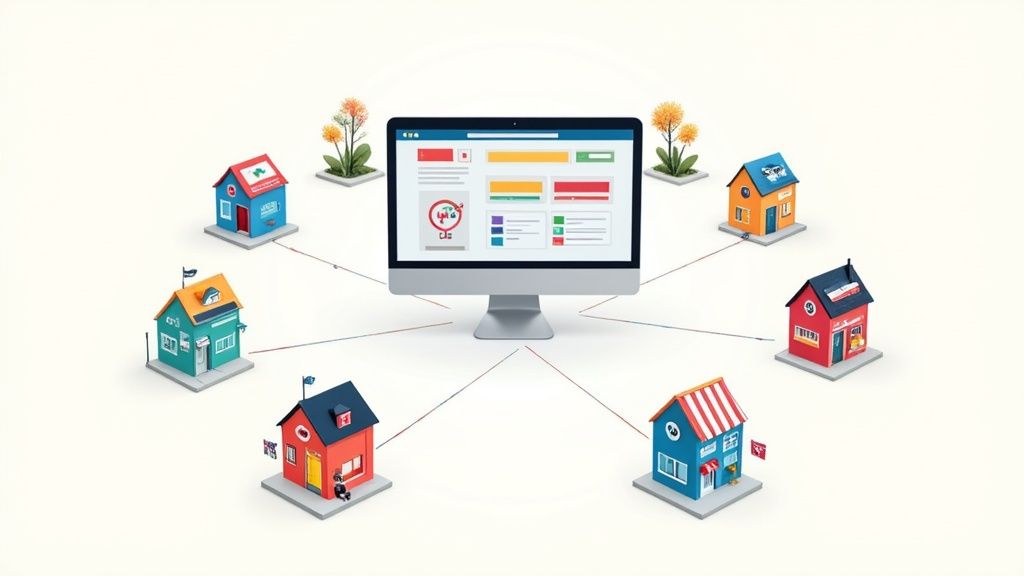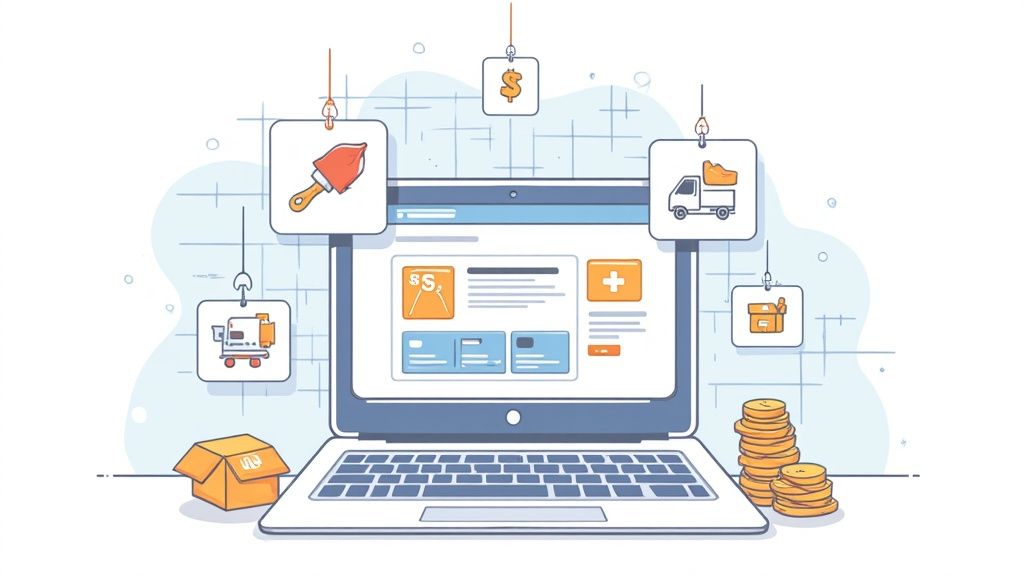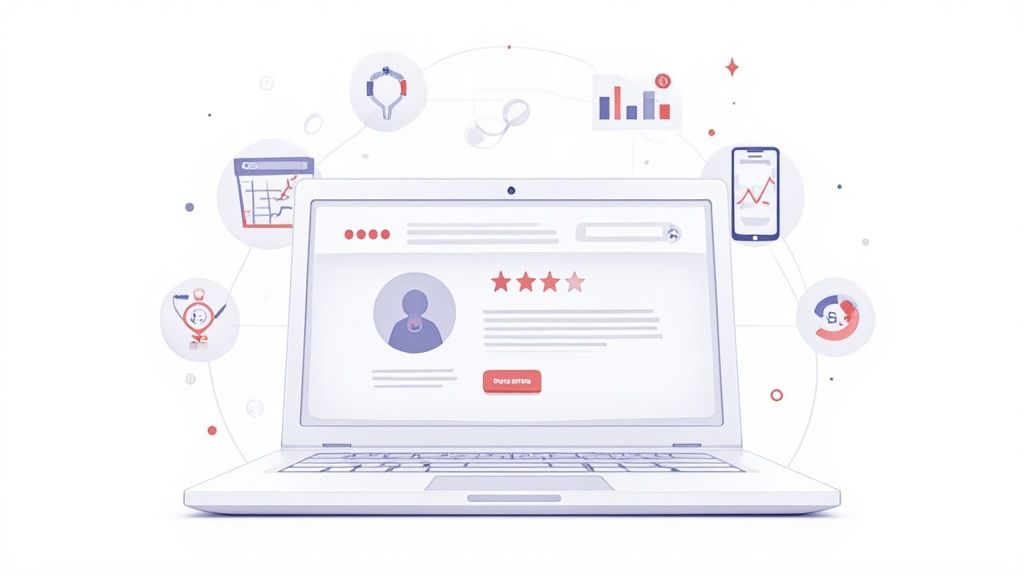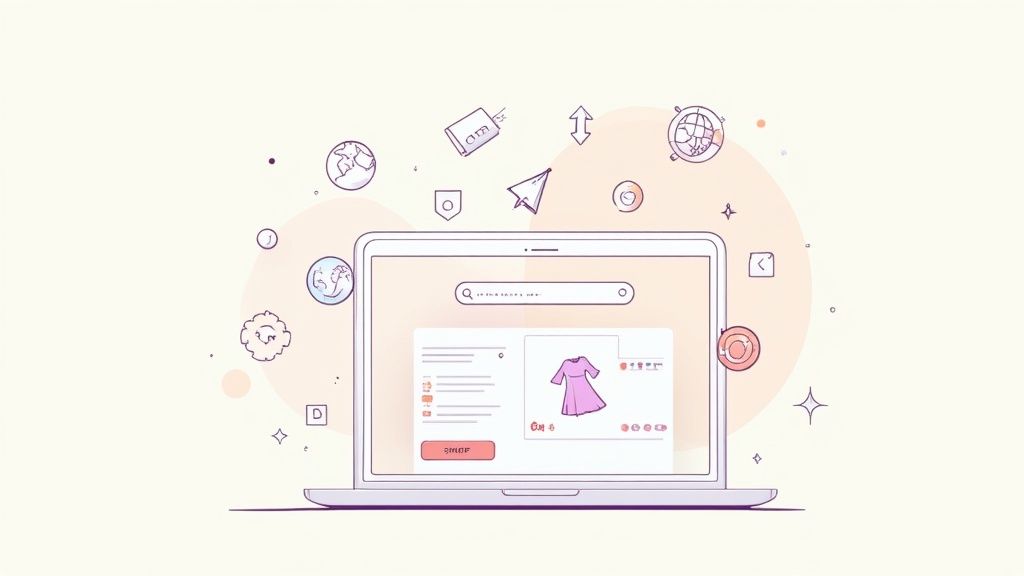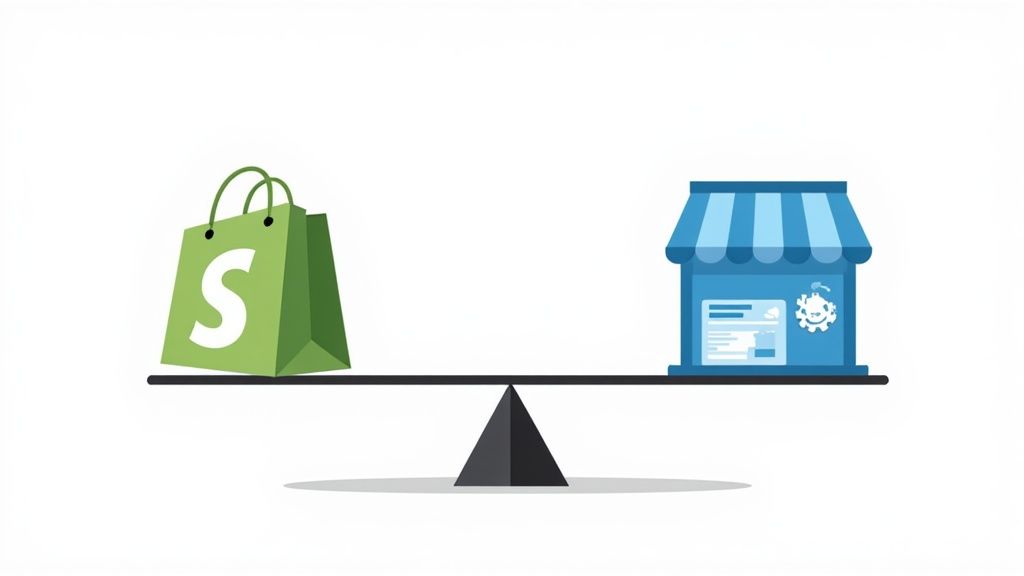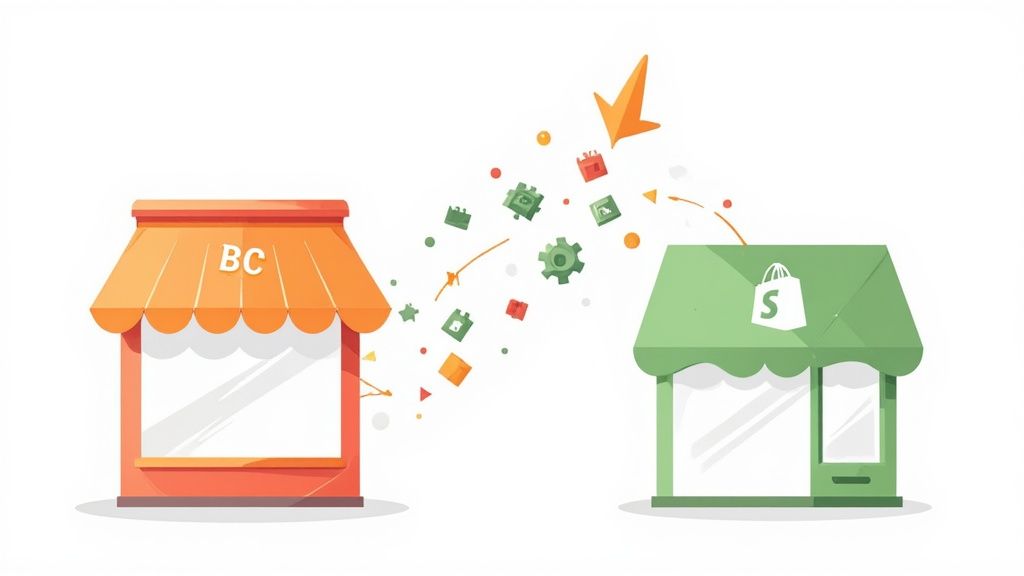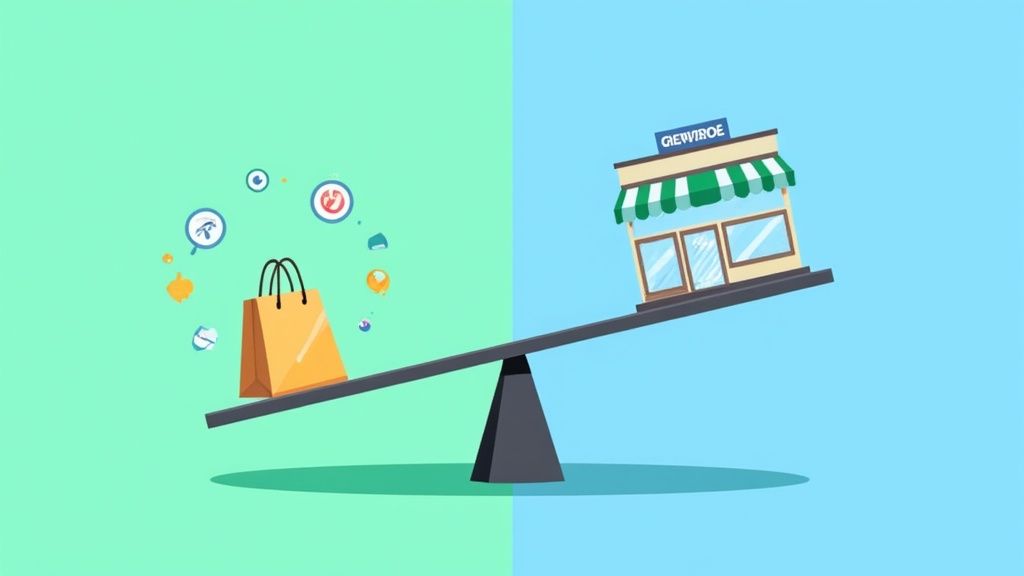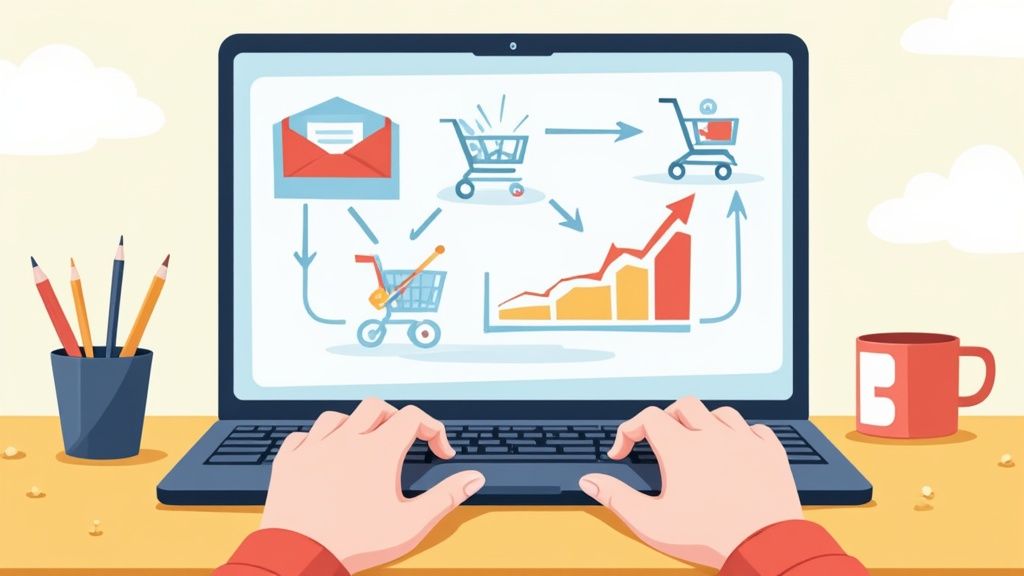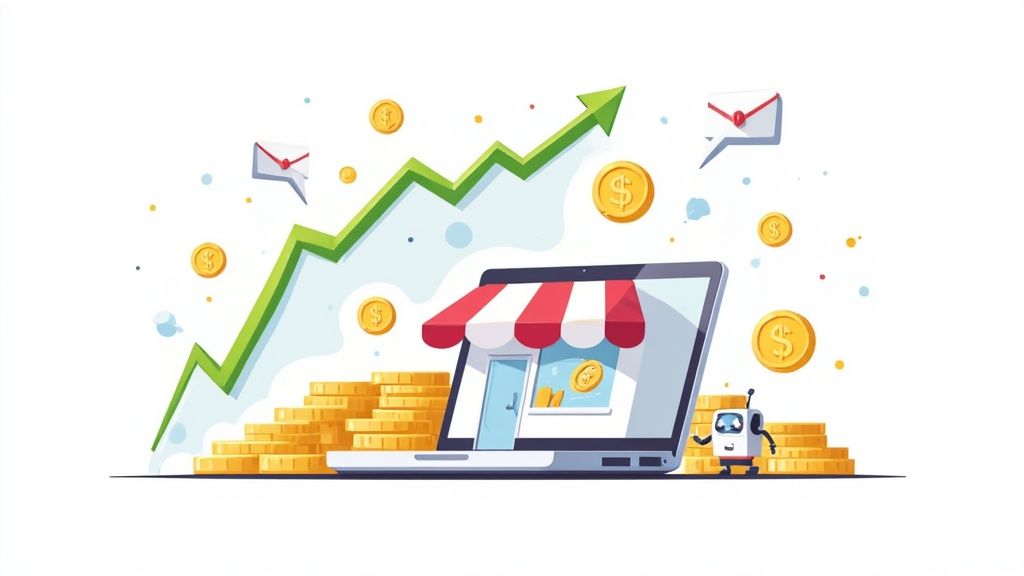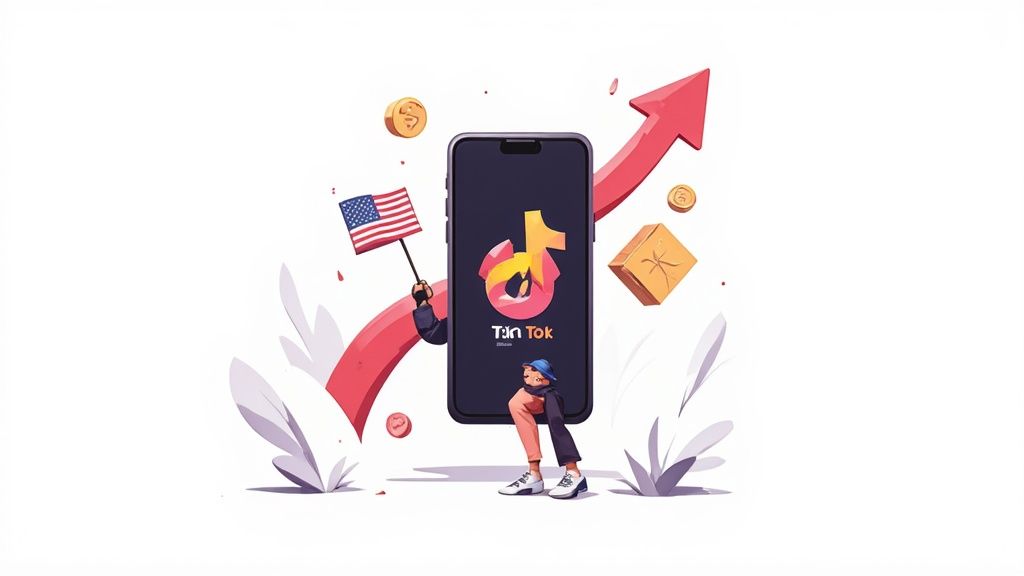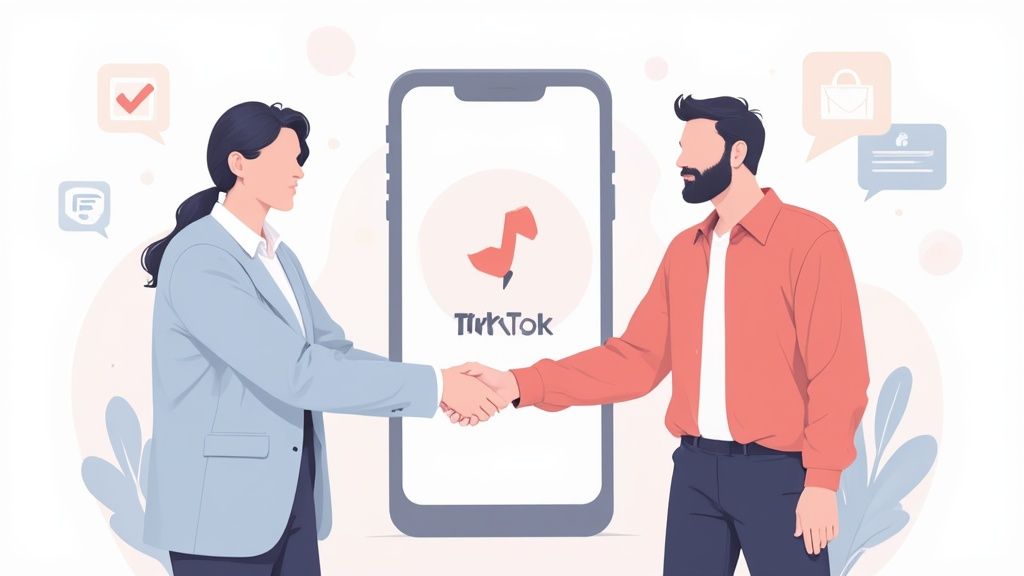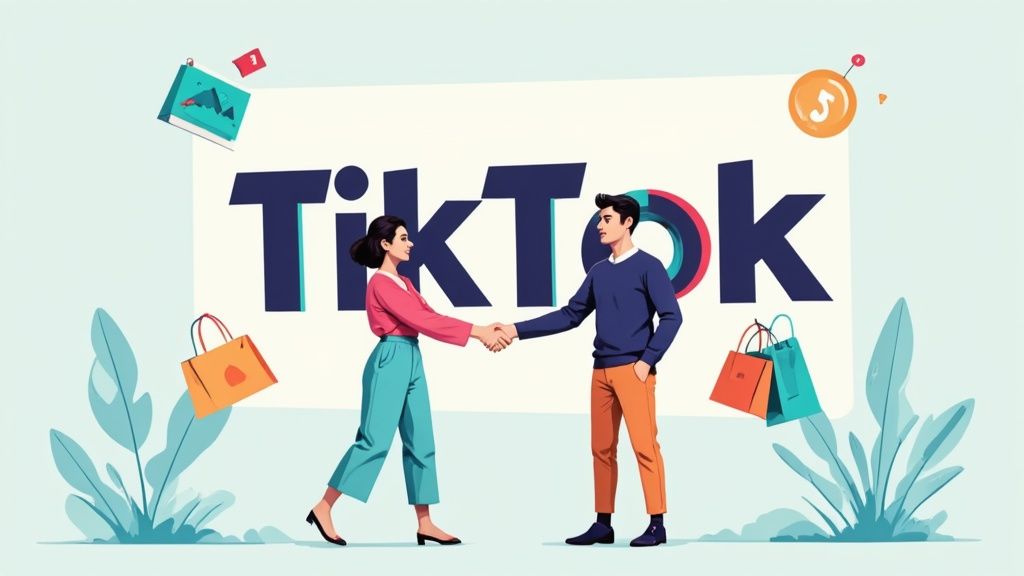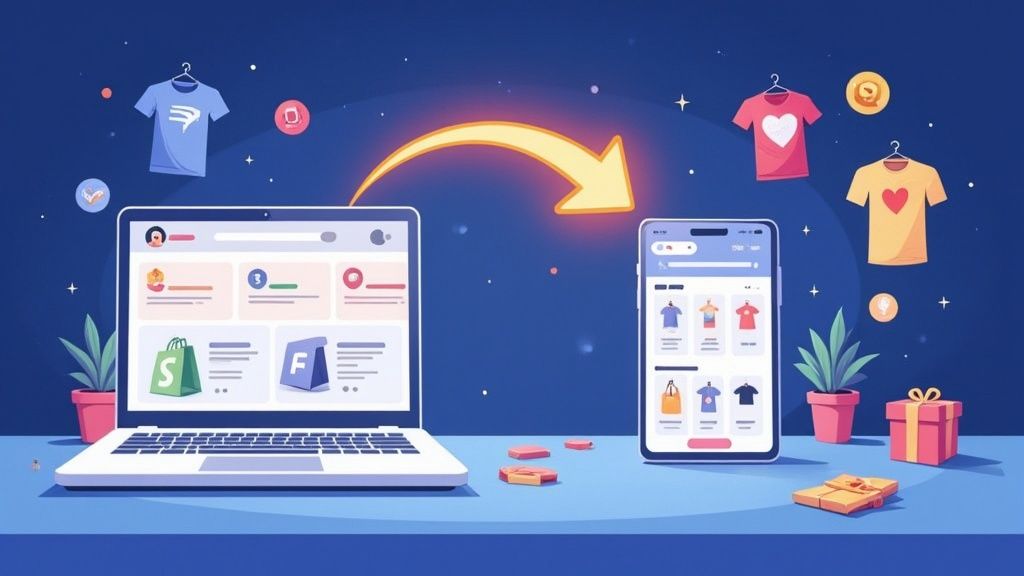
This week we share Shopify's latest Summer '23 Editions. To get started, we advise you to read our last article.
1. Shopify Summer '23 Editions
Shopify Editions, a vast presentation of its most recent innovations, are released twice a year as of last year. The last Shopify Summer '23 Edition was published last week and featured several AI enhancements, new collaborative selling capabilities, enhanced checkout, and more.
- Using Sidekick, an AI assistant for commerce, retailers can generate reports, adjust the look of their stores, and streamline operations all from within their dashboards.
- FAQ & Response Recos are automatically generated, personalized responses to frequently asked inquiries that retailers can see and amend through Shopify Inbox.
- Instantly generated blog posts from AI that may be customized in terms of tone of voice and content translation are available for special occasions such as holidays, professional anniversaries, or marketing campaigns.
- Automatic subjects, content, and suggested send times in AI emails.
- Shopify Collective is a new tool that allows brands on the platform to work together and promote one another's goods.
- For Shopify merchants, there is a business credit card called Shopify Credit.
- Shopify Marketplace Connect is a single software that enables retailers to manage their inventory and fulfillment from Shopify while selling on marketplaces like Amazon, Walmart, and eBay. This formerly required numerous apps, one for each marketplace.
- Developers may design distinctive checkout experiences with apps and manage them from within the checkout editor thanks to the 17 New Checkout APIs & Updates.

2. Shopify's new merchant-to-merchant dropshipping
The public debut of Shopify Collective, a new feature that enables brands on Shopify to cooperate and sell products from one another's stores, was one of the major announcements during the Summer '23 Editions.
Here's how it works:
- Discover items from other Shopify brands that you want to sell.
- Add those items to your store and sync the stock.
- Customers purchase those items from your shop. The same cart may contain a mixture of your products and imported goods.
- The products are shipped to your customers by the other brands, who also complete their portion of the orders.
- In the opposite direction, you can propose that other brands sell your products.
- Participating brands in Collective determine their wholesale and retail prices, and Shopify suggests giving competing businesses a 20–40% margin.
- Following a transaction, the supplier store immediately transfers the cost of shipping back to the retailer's checkout. For Collective, supplier brands are permitted to set different delivery zones and prices than they do for their stores, where their margins are higher. Customers may find this puzzling if, for instance, Store A advertises free delivery above $100 but Store B charges flat rate shipping, yet companies are aware of one another's shipping policy before cooperating.
In short, Shopify stores' internal dropshipping marketplace is what it is!
3. Shopify Business Credit Card
The launch of Shopify Credit, a business credit card created especially for its merchants, was the second noteworthy announcement from the Summer '23 Editions. The card is issued by Celtic Bank, powered by Stripe (which also handles Shopify Payments and Shopify Balance), and accepted anywhere Visa is accepted.
Instead of credit checks for approval and credit limits, a merchant's performance in sales and whether or not they use Shopify Payments are taken into account. The card offers 1% cash back on all other categories, including wholesale, marketing, and shipping, and 3% on a retailer's top spending category.
Additionally, Shopify emphasized that it will not impose any costs (apart from interest) for setup, yearly, late, foreign transactions, replacement cards, or any other type of fee.
4. eBay's secret master plan
The "magical listings" on eBay, which generate product descriptions based on an item's title, category, and other information entered by the seller, recently incorporated OpenAI technology. When that software is updated, picture recognition will be used, enabling vendors to make product listings based on images.
5. An update on the short-form video
The Internet is being overtaken by short-form video. It all began with TikTok...Technically, Vine was where it all began. Recall Vine? the 2013-launched, by Twitter acquired, six-second looping video platform that was shut down in 2017 Every other social media and video site has since been making an effort to take a piece of the short-form video pie.
We'll recap Digiday's latest summary of how Google, Meta, and Snap are competing with TikTok in the short-form video below:
- At least one billion people use TikTok each month.
- More than 2 billion logged-in viewers watch YouTube Shorts each month, up from 1.5 billion the year before.
- Although the firm didn't specify how many of its more than 3 billion users are responsible for those views, Meta's Reels format received more than 200 billion plays each day across Facebook and Instagram.
- With a 51% YoY increase, Snapchat's Spotlight feature now has more than 400 million active monthly users.
- TikTok has the most daily watch time (118 minutes), surpassing YouTube (75 minutes), Facebook (52 minutes), Instagram (31 minutes), and Snapchat (22 minutes).
- In terms of session length, TikTok is the leader with 9:08 minutes, followed by YouTube (7:06 minutes), Facebook (4:18 minutes), Instagram (2:42 minutes), and Snapchat (1:18 minutes).
- Reel advertisements are presently used by more than 75% of Meta's advertisers.
- TikTok generated $2.5 billion in income in the first quarter of 2023. TikTok's annual ad revenue is anticipated to be merely 16.3% of Facebook's and 32.7% of Instagram's.
6. Wayfair launches a virtual room styler
Have you ever wished you had the time and energy to properly redesign certain rooms in your house?
With Decorify, a new Wayfair app that employs generative AI to produce shoppable, photorealistic photos of spaces in your home, you can now scratch that itch. Customers submit a photo of their room and ask the app to redesign it in a different look, such as industrial, bohemian, farmhouse, crack house, or mid-century contemporary. The room's photos are then redone by Decorify to mirror the desired mood and aesthetic. Customers can then browse a variety of designs, which include items that can be bought from Wayfair.
As an alternative, you can choose specific pieces from your room and have Wayfair's model swap them out for equivalent pieces in your preferred style.
7. TikTok's U.S. marketplace to launch in August
Here's a recap of TikTok eCommerce moves during the past two years:
- A preview of TikTok's TikTok Shop platform, which enables users to sell their goods directly on the app, was made available to WooCommerce merchants last week.
- Over the past two weeks, TikTok has been experimenting with a new approach to include TikTok Shops into the app by adding a Shop tab next to the Following and For You tabs.
- TikTok debuted Trendy Beat in the UK in June 2023.
- TikTok announced in November 2022 that TikTok Shop would be returning to the United States.
- TikTok began building a global eCommerce fulfillment facility in October 2022.
- TikTok debuted live shopping in the US in October 2022.
- TikTok decided to put its plans for U.S. eCommerce on hold in July 2022 to put the U.K. market's needs first.
8. Google expands GA4 eCommerce metrics
30 new dimensions and metrics have been added to Google Analytics 4's eCommerce measurement capabilities, according to Google. Merchants will be able to analyze metrics by product and by attributes like brand and promotions for a more detailed examination of what's driving sales thanks to new dimensions that include item affiliation, brand, category, ID, list name, list position, item name, variant, and shipping tier, among others.
Additionally, Google added new eCommerce indicators, such as gross item revenue, gross purchase revenue, item revenue, things added to the basket, items viewed, shipping amount, tax amount, and more, to the custom report builder.
Gross purchase income was previously calculated by merchants using a formula that combined other metrics, but it will soon be immediately accessible via the custom report builder.
9. Other eCommerce news of interest
To allow customers to pay for their Microsoft Store purchases in installments, Microsoft is introducing the PayPal Pay Later option in the United States, the United Kingdom, Australia, Germany, France, Spain, and Italy. Venmo, which is now accepted for Xbox sales in the U.S., will also be an option for customers in the country.
Based on a text by Shopifreaks










